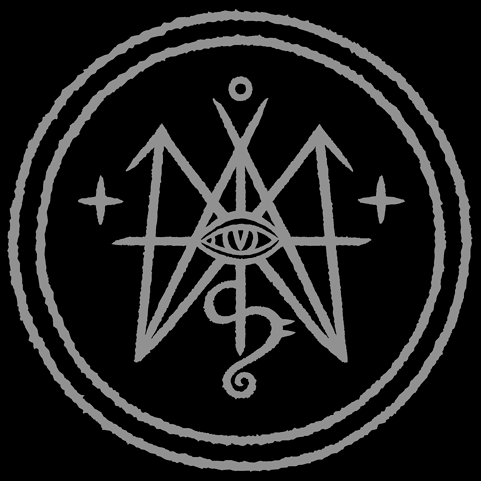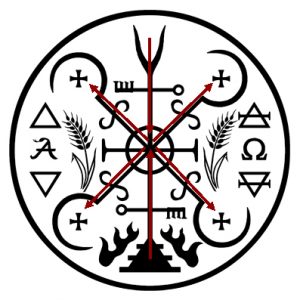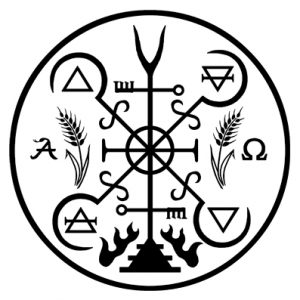
In December I finished fresh batches of “Rauhnächte” and “Winter Solstice” incense and started a new round of working with the birch’s arboreal spirit…
Incense ‘master’ Caroline Maxelon of Bussardflug and me began plotting a future collaboration. Along with a lot of powerful shamanic items for my ritual work, she also send me her new book “Räucherstoffe aus aller Welt” (published by Nymphenburger). I was thrilled to read about so many new incense ingredients, that are not part of standard encyclopedias and was especially thrilled to find incense materials described for the first time in it, which I had been discovering intuitively by myself over the past years. It feels, like my own weird and wild incense formulas are now receiving confirmation through Caroline. I thus highly recommend this book – both for its content as well as its photography.

Yesterday I received yet another surprise in my mail – the special edition of “Secret Ambrosian Fire” by German black metal originators MOSAIC (Eisenton Records). Some time ago I was asked to compose an alchemical inspired plant sigil for this record. This sigil now adorns the cover of the digi-pack edition. I begin to grasp the broad idea behind this opus magnum and it is deeply satisfying to witness the fruits of our mutual efforts!
Everything points in to a new direction in my life, but it is also getting more complex, along with all these new impulses. Today I went to different trees, burnt some of the winter incense and blessed the new birch wood pentacle among a circle of young birch trees and at the roots of two older birch trees, which are frequently visited by crows. For me, the circle of the old year is now closed and I head into another phase of creative work after the holidays.

Rauhnächte Blessings!
W.
December 22, 2019
Posted In: Feast Days, News & Site Updates
Tags: plant magic, caroline-maxelon, sigil, eisenton, feast days, secret ambrosian fire, winter solstice, berkano, wintersonnenwende, artwork, special edition, incense, mosaic, pentacles, black metal, pentagram discs, collaborations, bussardflug











